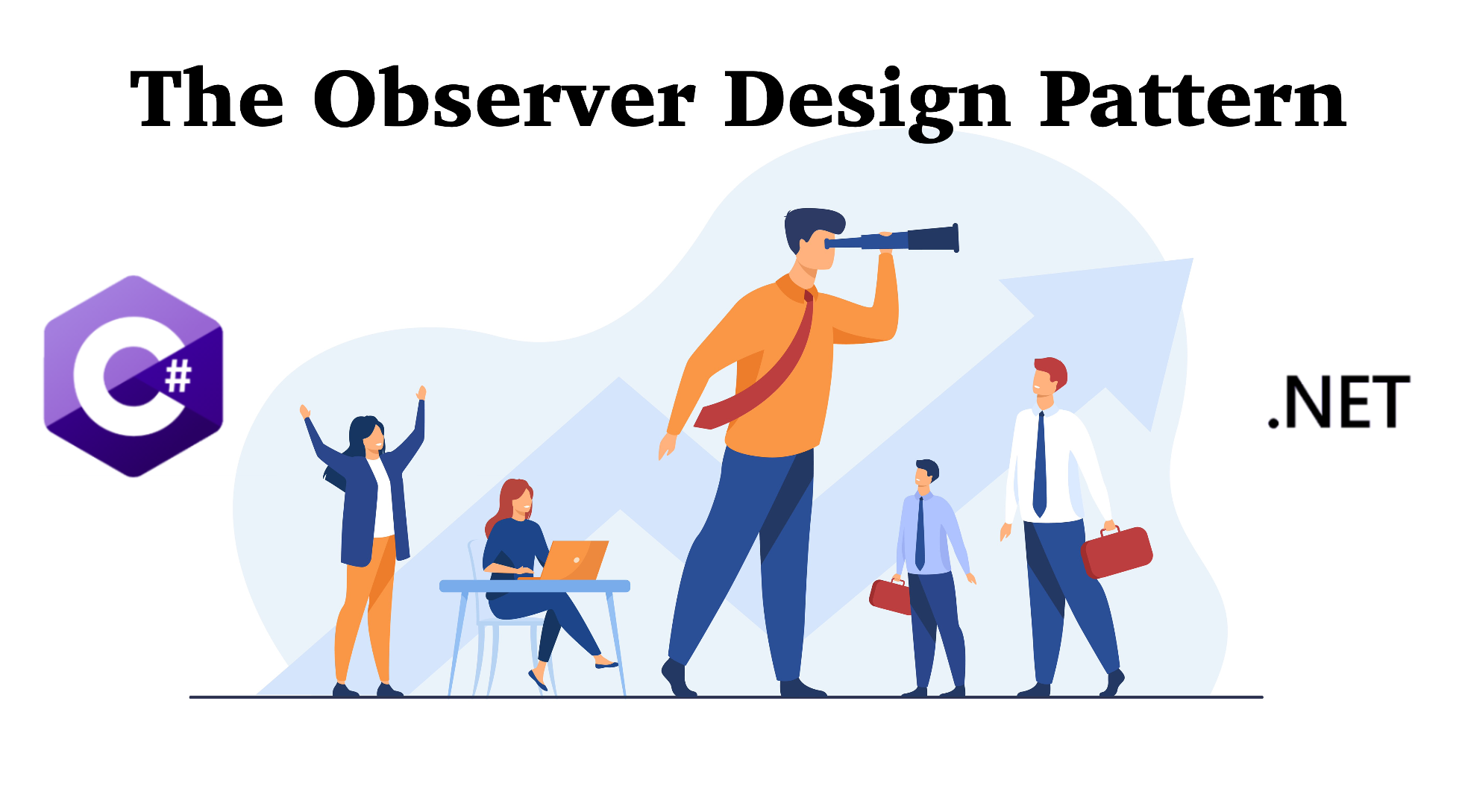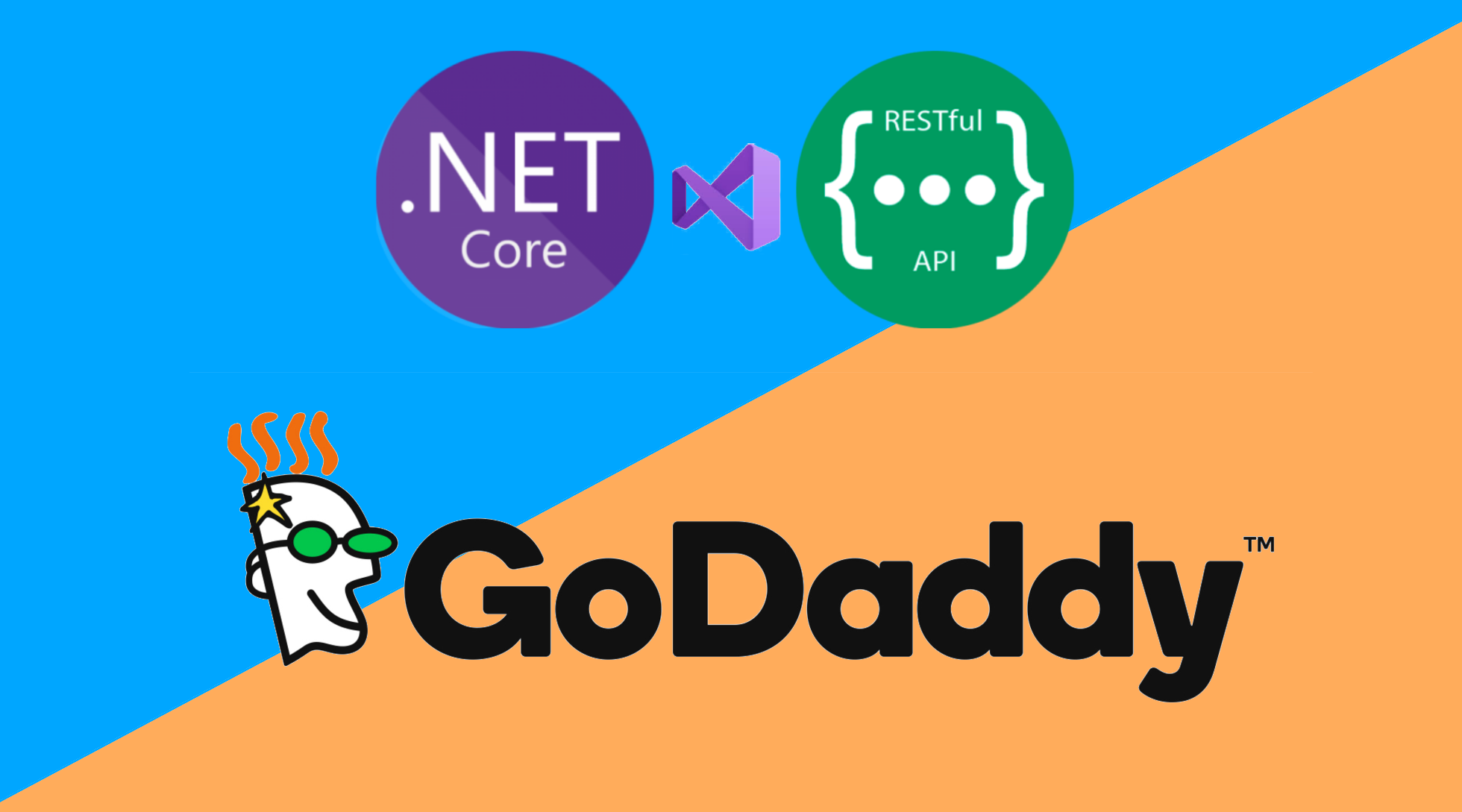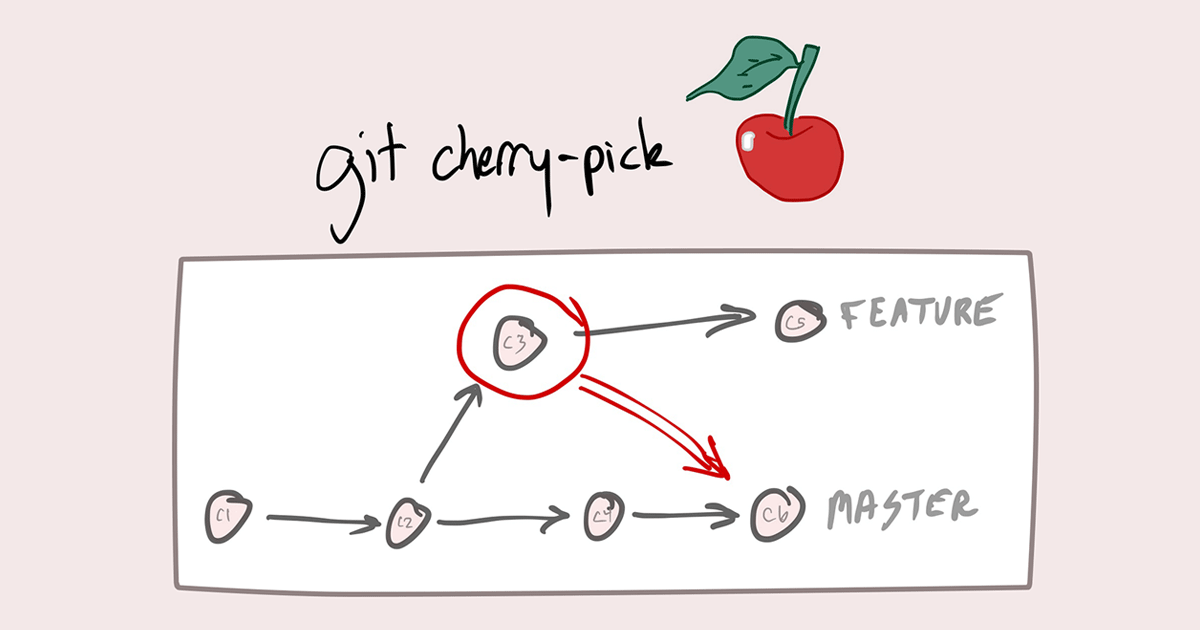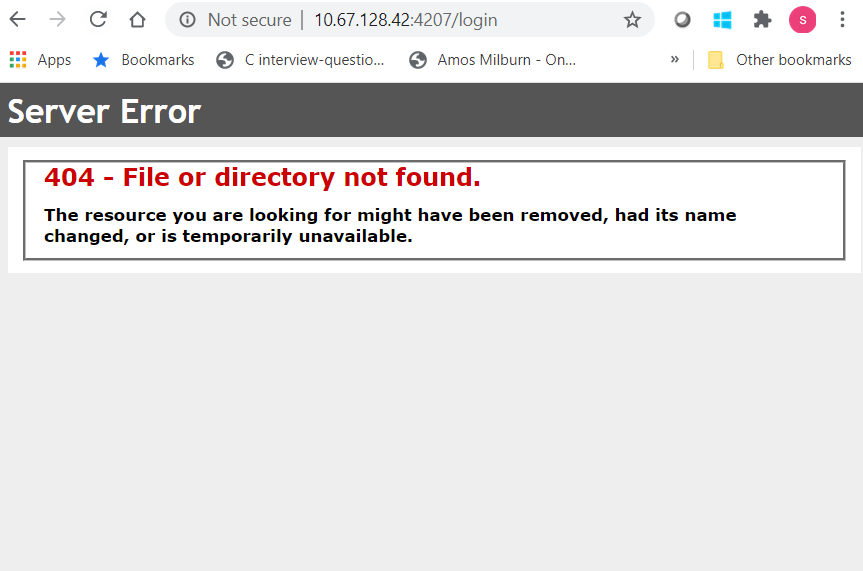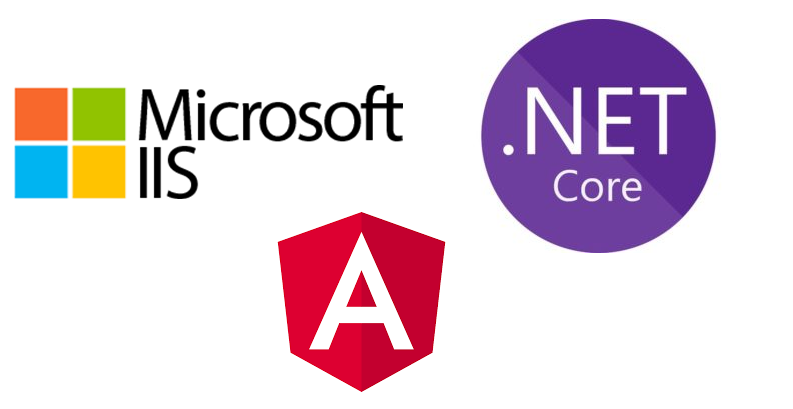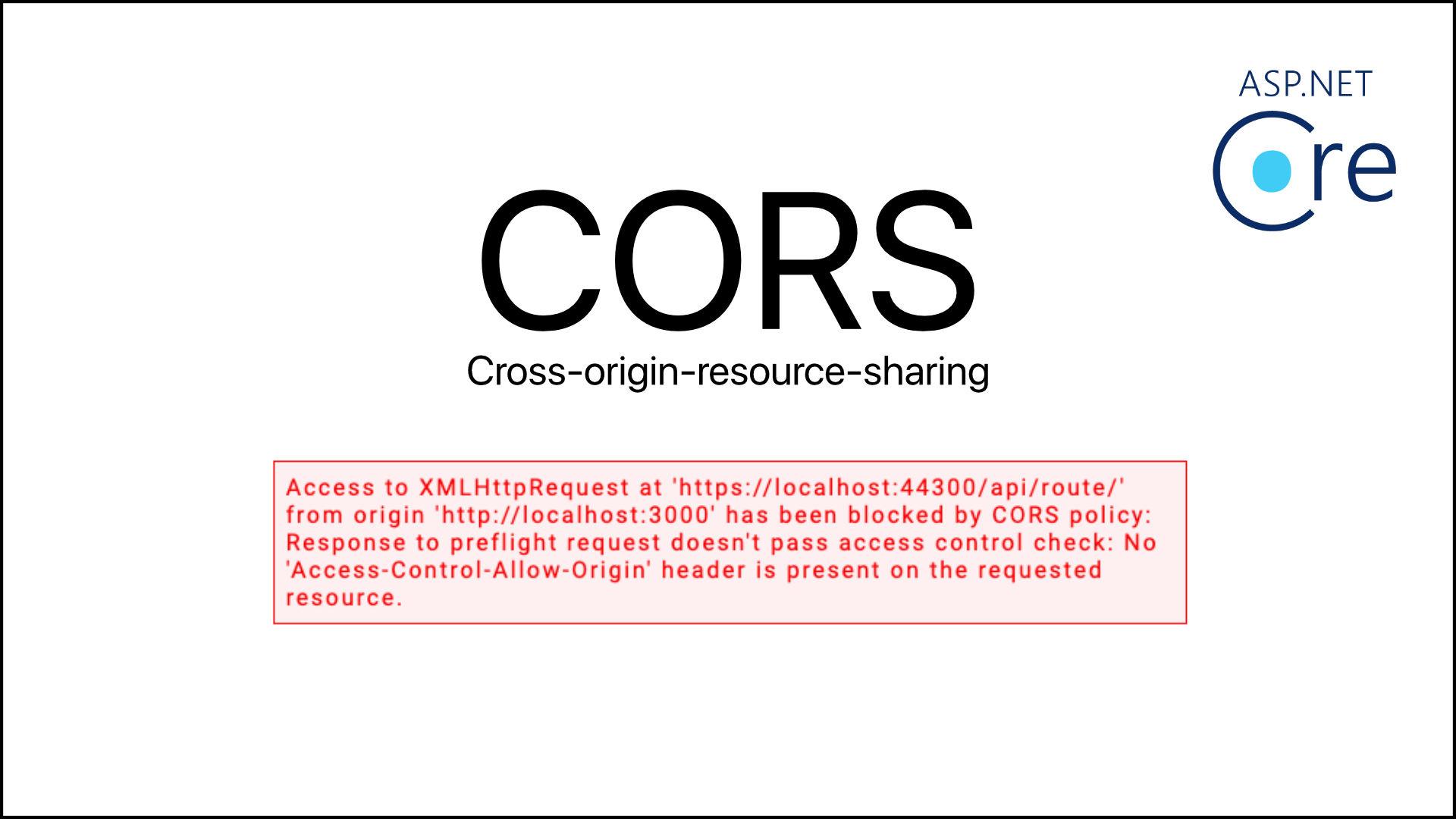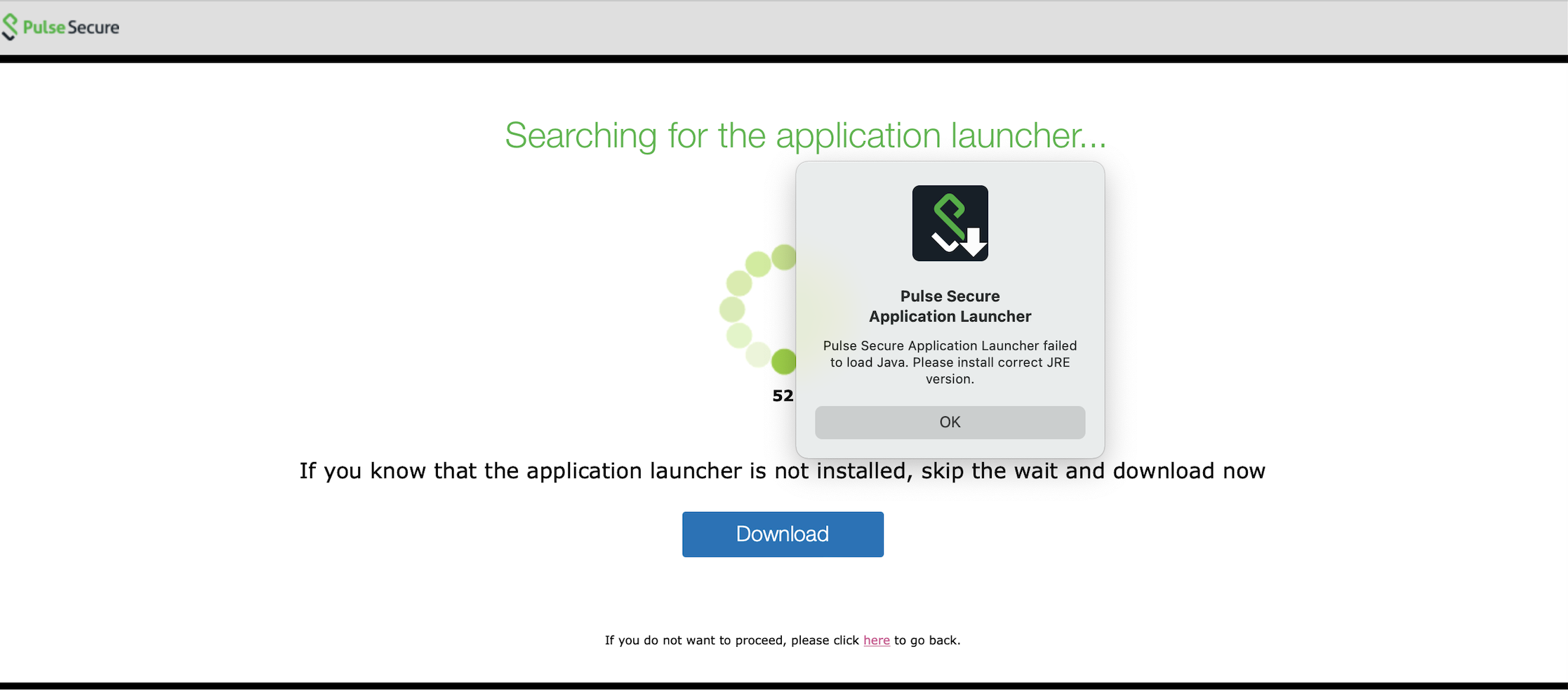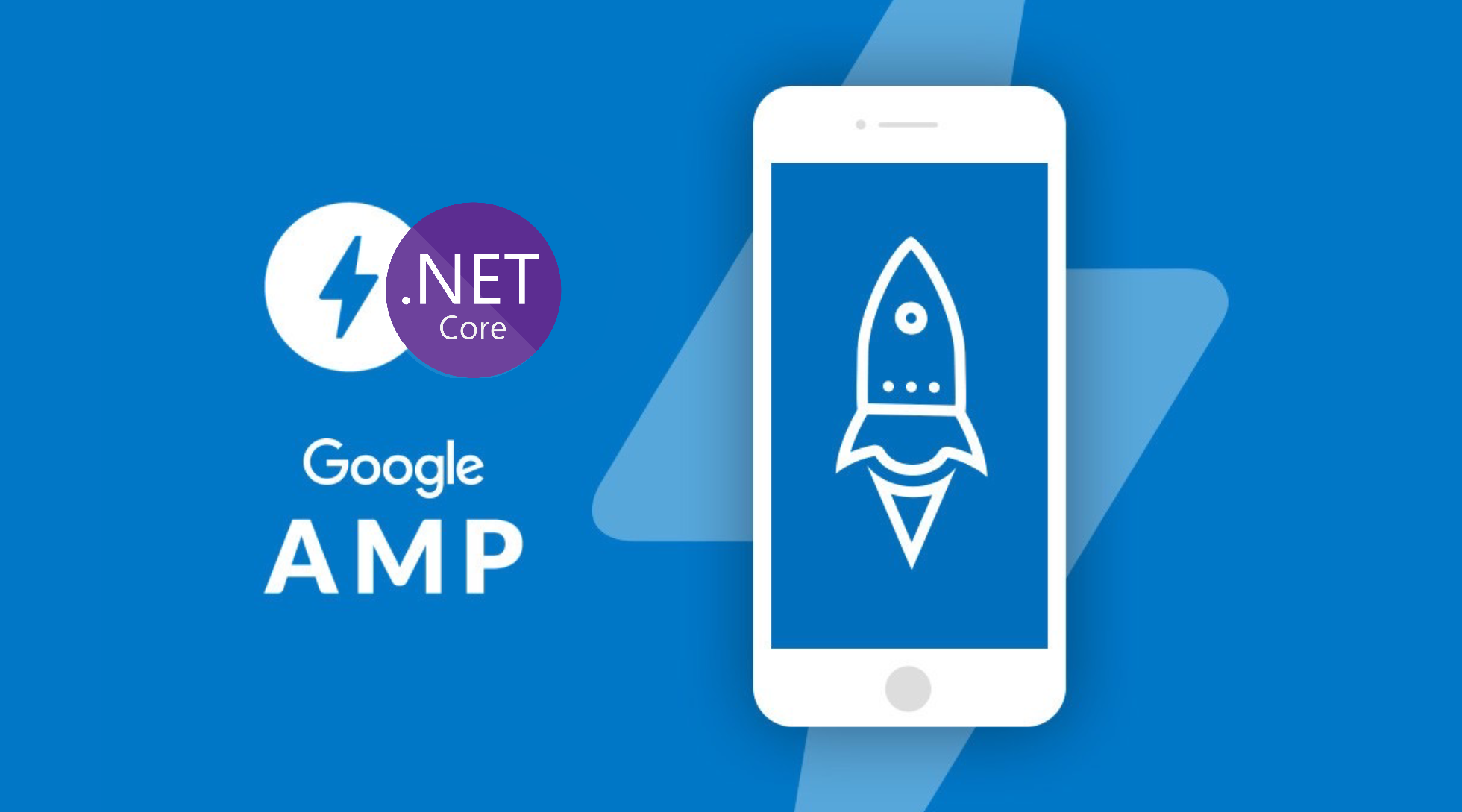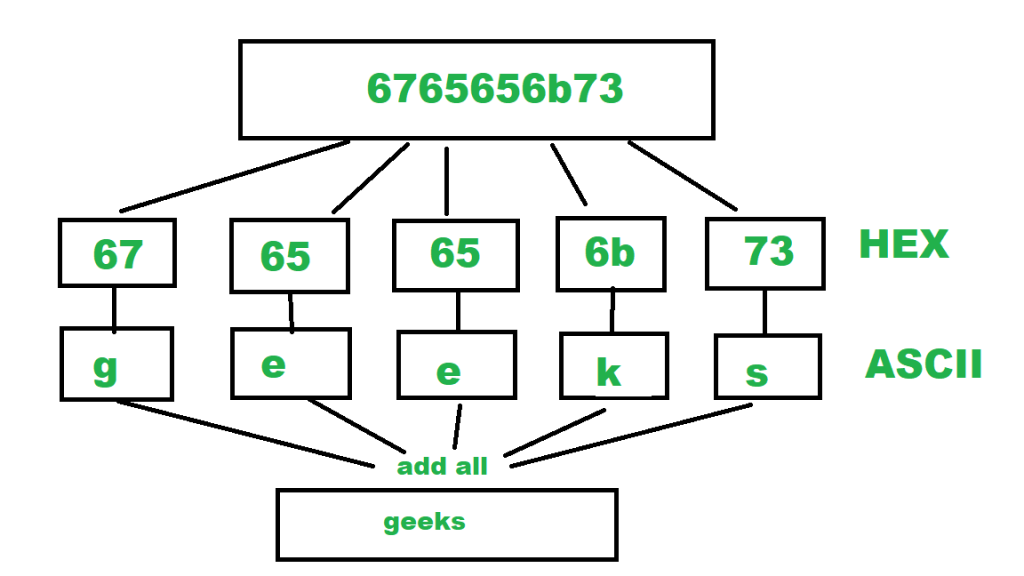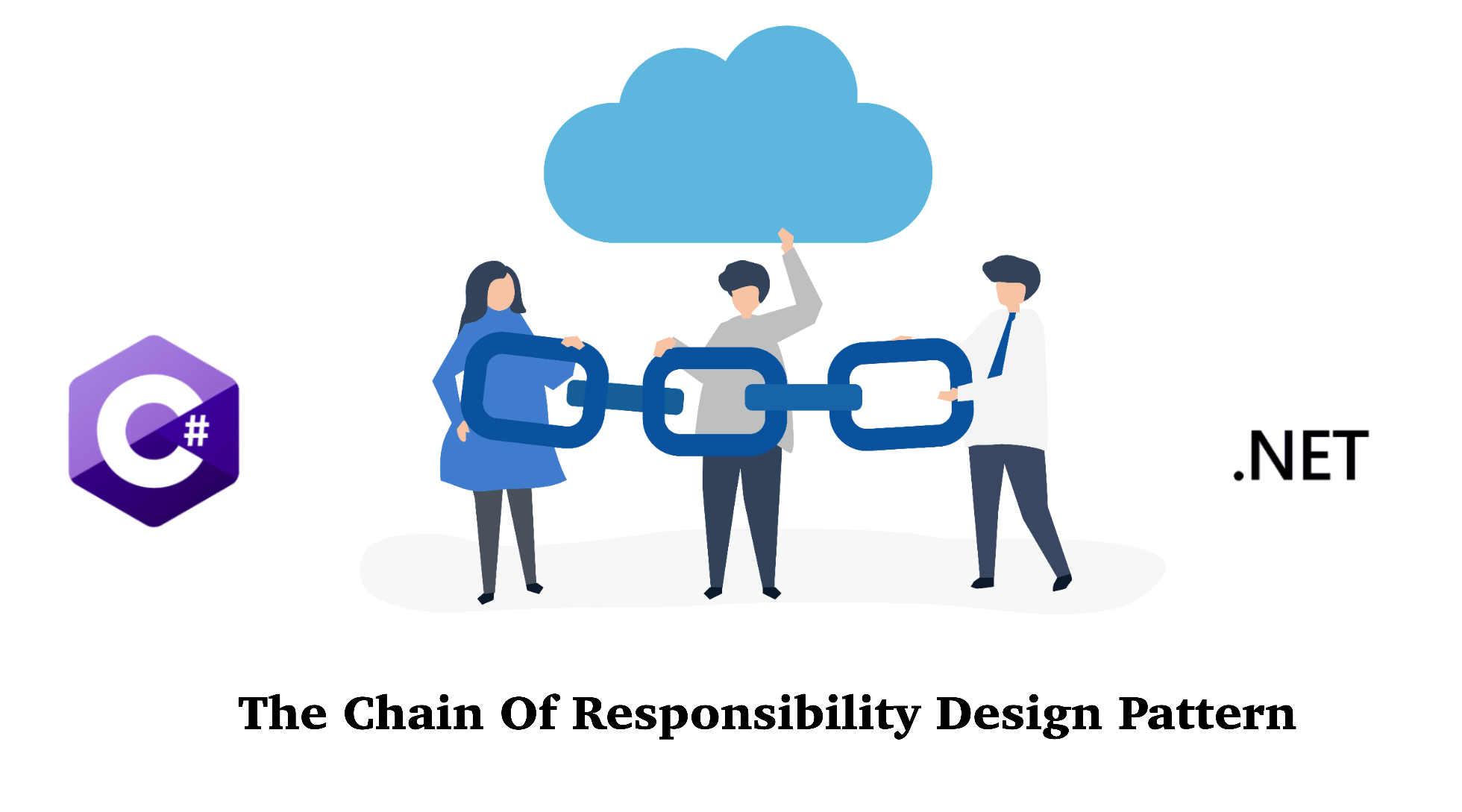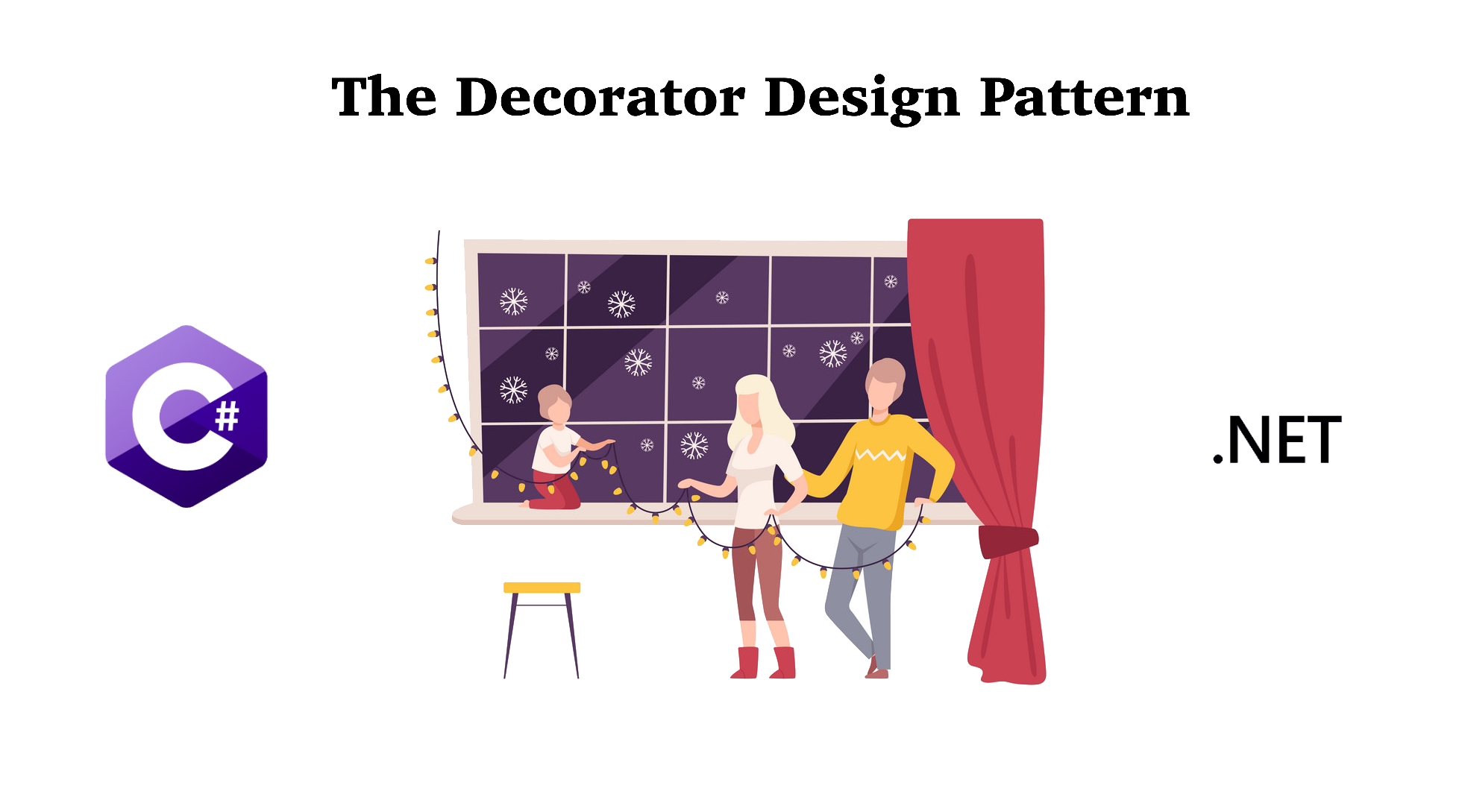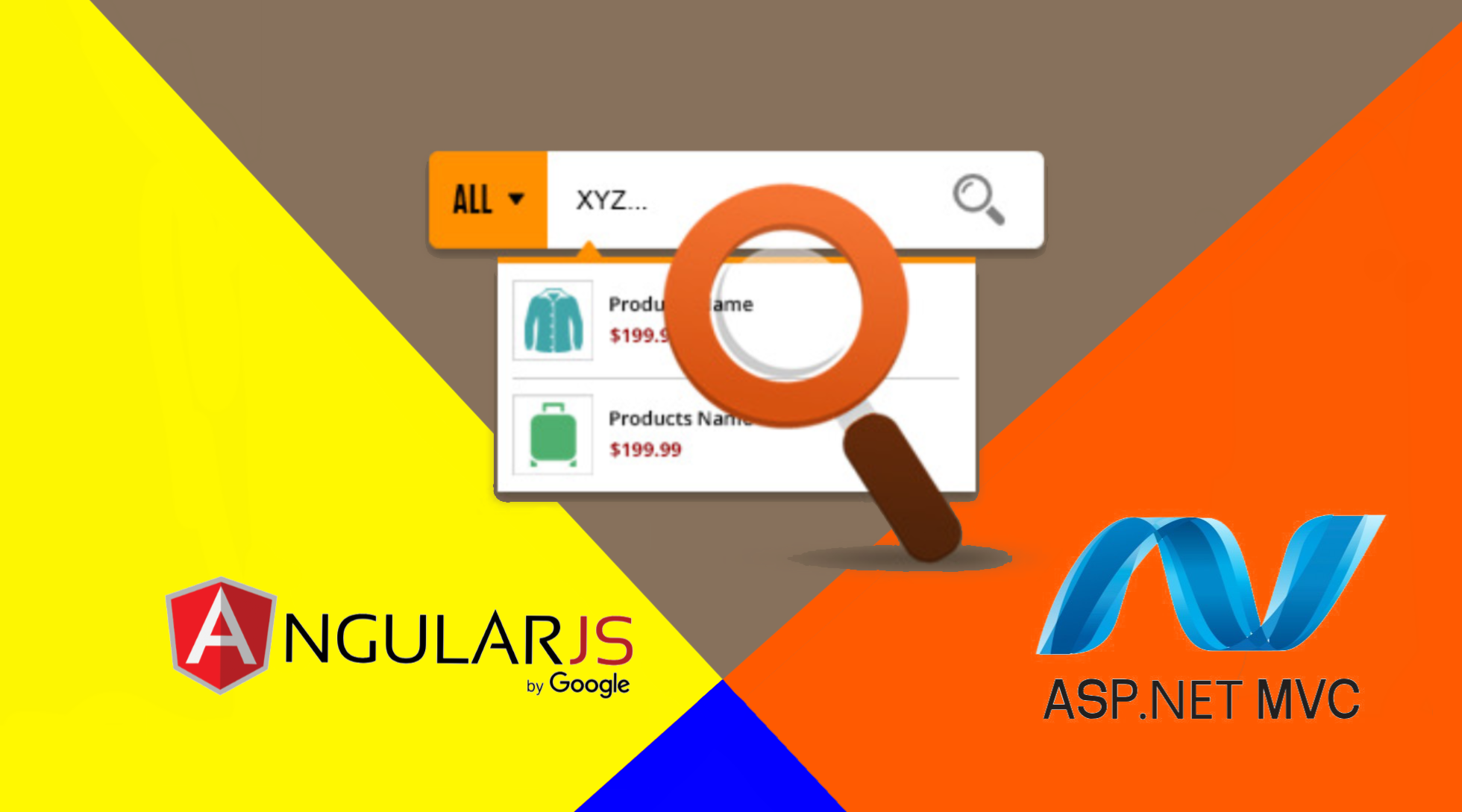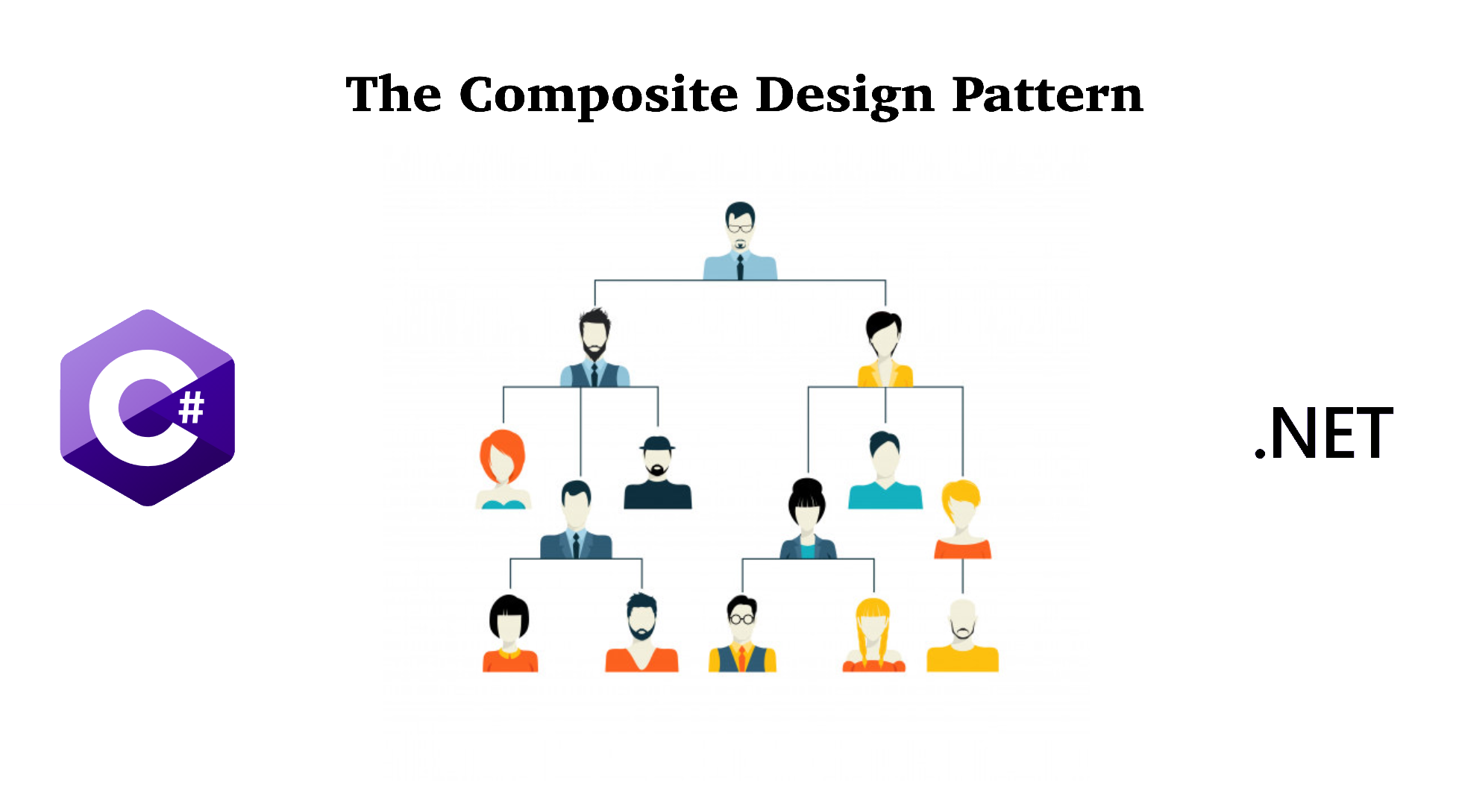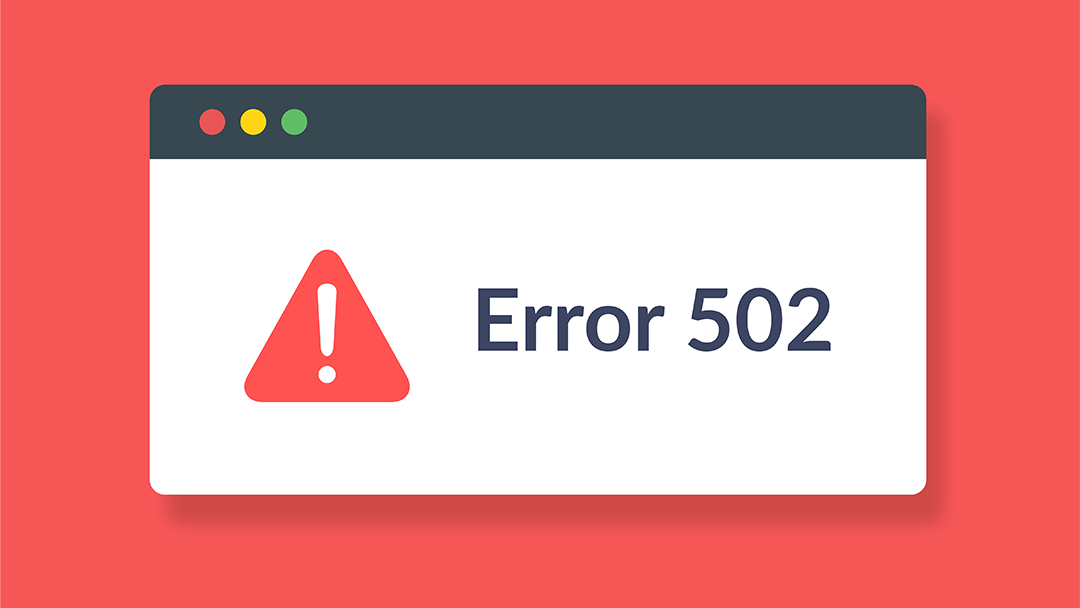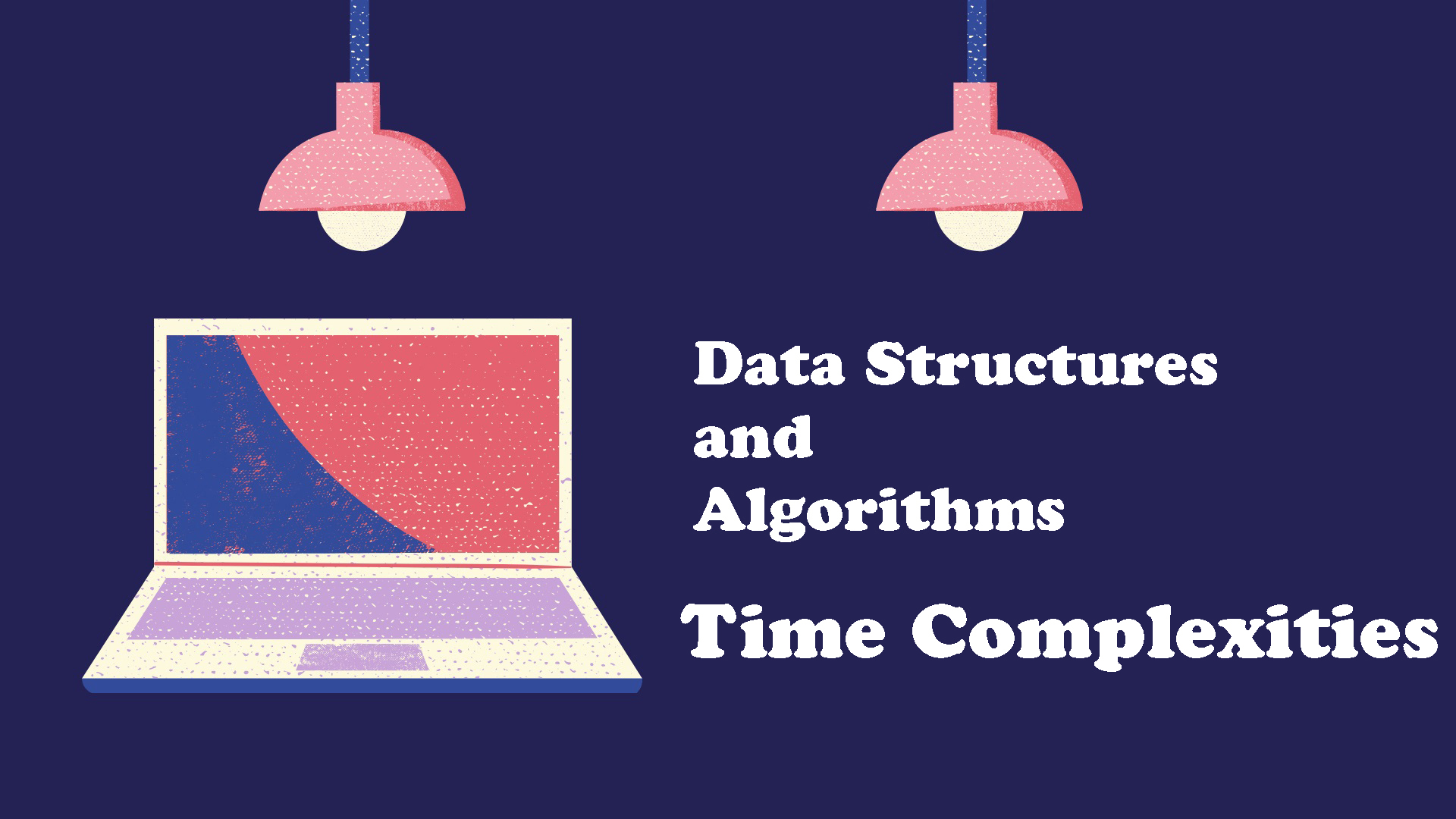The next design pattern in Behavioral Category is the Observer Design Pattern. Let's take a look at what does this design pattern do and how to implement it in C# and .Net.
Note: Code can be downloaded at my Github.
1. What is the Observer Design Pattern?
The Observer Design Pattern is one of the pattern in Behavioral Category. This pattern lets you define a subscription mechanism to notify multiple objects about any events that happen to the object they’re observing.
The observer pattern is a software design pattern in which an object, named the subject, maintains a list of its dependents, called observers, and notifies them automatically of any state changes, usually by calling one of their methods.
2. When to implement the Observer Design Pattern?
The Observer Design Pattern is used when:
- changes to the state of one object may require changing other objects, and the actual set of objects is unknown beforehand or changes dynamically.
- some objects in your app must observe others, but only for a limited time or in specific cases.
3. How to implement the Observer Design Pattern?
Below is how to implement the Observer Design Pattern:
Step 1: Create Subject class
public interface ISubject
{
// Attach an observer to the subject.
void Attach(IObserver observer);
// Detach an observer from the subject.
void Detach(IObserver observer);
// Notify all observers about an event.
void Notify();
}
// The Subject owns some important state and notifies observers when the
// state changes.
public class Subject : ISubject
{
// For the sake of simplicity, the Subject's state, essential to all
// subscribers, is stored in this variable.
public int State { get; set; } = -0;
// List of subscribers. In real life, the list of subscribers can be
// stored more comprehensively (categorized by event type, etc.).
private List<IObserver> _observers = new List<IObserver>();
// The subscription management methods.
public void Attach(IObserver observer)
{
Console.WriteLine("Subject: Attached an observer.");
this._observers.Add(observer);
}
public void Detach(IObserver observer)
{
this._observers.Remove(observer);
Console.WriteLine("Subject: Detached an observer.");
}
// Trigger an update in each subscriber.
public void Notify()
{
Console.WriteLine("Subject: Notifying observers...");
foreach (var observer in _observers)
{
observer.Update(this);
}
}
// Usually, the subscription logic is only a fraction of what a Subject
// can really do. Subjects commonly hold some important business logic,
// that triggers a notification method whenever something important is
// about to happen (or after it).
public void SomeBusinessLogic()
{
Console.WriteLine("\nSubject: I'm doing something important.");
this.State = new Random().Next(0, 10);
Thread.Sleep(15);
Console.WriteLine("Subject: My state has just changed to: " + this.State);
this.Notify();
}
}Step 2: Create Observers
public interface IObserver
{
// Receive update from subject
void Update(ISubject subject);
}
// Concrete Observers react to the updates issued by the Subject they had
// been attached to.
class ConcreteObserverA : IObserver
{
public void Update(ISubject subject)
{
if ((subject as Subject).State < 3)
{
Console.WriteLine("ConcreteObserverA: Reacted to the event.");
}
}
}
class ConcreteObserverB : IObserver
{
public void Update(ISubject subject)
{
if ((subject as Subject).State == 0 || (subject as Subject).State >= 2)
{
Console.WriteLine("ConcreteObserverB: Reacted to the event.");
}
}
}Done! Now you can implement the above on client side:
class Program
{
static void Main(string[] args)
{
// The client code.
var subject = new Subject();
var observerA = new ConcreteObserverA();
subject.Attach(observerA);
var observerB = new ConcreteObserverB();
subject.Attach(observerB);
subject.SomeBusinessLogic();
subject.SomeBusinessLogic();
subject.Detach(observerB);
subject.SomeBusinessLogic();
}
}Output:
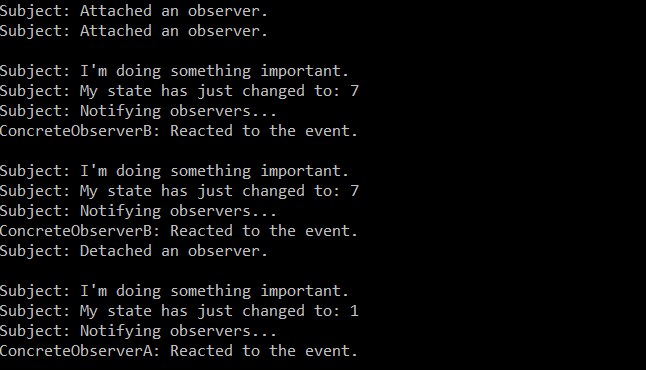
4. Conclusion
I hope the above example helps you understand more about Observer Design Pattern. Let me know your thoughts by commenting in the comment section below.
